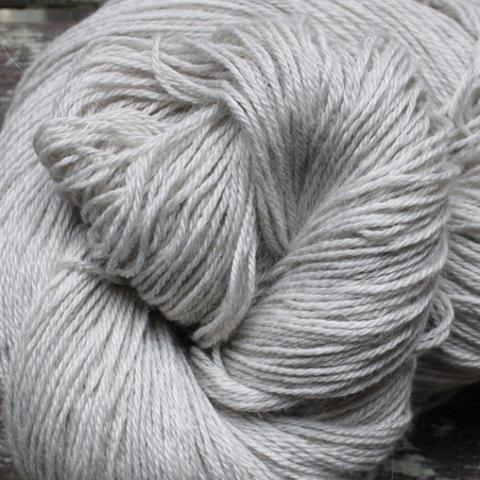How is cashmere Fibre Made and Why Is It So Desired?
How is cashmere Fibre Made and Why Is It So Desired?
Blog Article
Understanding the Various Sorts Of Cashmere an All-natural Fiber and Their Special Benefits

The Beginnings of Cashmere: A Historical Overview
While the glamorous touch of cashmere proceeds to charm modern-day customers, its origins map back to the harsh, chilly environments of Mongolia and the Himalayas. For centuries, the native individuals of these areas have actually been elevating Capra Hircus goats, the prime source of cashmere wool. These goats, resilient against the extreme winters months, grew a fine undercoat to make it through, which later on came to be referred to as cashmere. The name itself pays homage to Kashmir, a region in India where the wool was at first refined. Much of the very early cashmere profession route was assisted in by the Silk Roadway, attaching Asia with the Middle East and Europe. Despite its worldwide spread, the finest cashmere is still believed to originate from the original regions of Mongolia and the Mountain Ranges.

The Manufacturing Process: From Goat to Garment
Shearing a Capra Hircus goat notes the beginning of the elaborate cashmere production process. The resultant raw cashmere is then cleaned to eliminate contaminations such as veggie, oil, and dust matter.
The clean fiber goes through dyeing, spinning, and weaving, or knitting, to transform it into a material. Complicated treatments like quality assurance checks and completing processes comply with, making sure completion product preserves the glamorous requirement expected of cashmere. This painstaking procedure, from goat to garment, warrants the high cost attached to cashmere items, making them a sign of high-end and refinement.
The Numerous Kinds Of Cashmere: A Comprehensive Evaluation

The Distinct Advantages of Cashmere: Convenience and Sustainability
Moving from the variety of cashmere types to the advantages they supply, comfort and sustainability stand apart plainly. Cashmere, an all-natural fiber, is renowned for its unrivaled gentleness, supplying weblink a degree of convenience that artificial fibers can not match. The product's lightness, yet impressive warmth retention, makes it optimal for all periods. Cashmere's all-natural flexibility enables it to return to its original form, making it immune to reducing or extending.
When it involves sustainability, cashmere is biodegradable and eco-friendly, as it's gathered from cashmere goats who regrow their coats each year. what is cashmere. Unlike artificial fibers which can take centuries to break down, cashmere's effect on the environment is minimal. This mix find of comfort and sustainability makes cashmere a helpful option for mindful consumers

Caring for Your Cashmere: Upkeep and Conservation Tips
While cashmere is most certainly a sustainable and lavish option, it calls for certain care to maintain its top quality and expand its life-span. To begin, cashmere need to be hand washed making use of chilly water and a mild detergent. Stay clear of twisting or wringing the garment as it can damage the fibers. Rather, gently capture out excess water and learn the facts here now lay it level on a towel to dry. Furthermore, cashmere products should be kept in a awesome and completely dry area, away from straight sunshine and dampness. Using moth repellents can shield these garments from potential damage. Finally, it's suggested to avoid hanging cashmere to stop extending. Instead, fold and store them appropriately to keep their form and quality in time.
Buying Cashmere: Comprehending Its Value and Worth
Although cashmere might initially appear like an expensive financial investment, its long-term worth and worth become obvious when you consider its remarkable top qualities. Known for its unmatched gentleness and heat, cashmere is a premium natural fiber that outmatches other products. Spending in cashmere, for that reason, is not simply concerning current style fads, but regarding welcoming a sustainable, durable, and elegant way of life.
Conclusion
In summary, the kind of cashmere one picks, be it Mongolian, Chinese, or Italian, is determined by private preferences for warmth, spending plan, deluxe, and sustainability. Understanding the beginnings, manufacturing process, and distinct benefits of various types of cashmere can direct customers in their investment in this glamorous natural fiber.
Whether it's the outstanding warmth of Mongolian cashmere, the affordability of Chinese cashmere, or the eco-conscious manufacturing of Italian cashmere, there's a story to be discovered behind each fiber kind. Cashmere, a natural fiber, is renowned for its unrivaled soft qualities, giving a level of convenience that synthetic fibers can not match.When it comes to sustainability, cashmere is naturally degradable and renewable, as it's harvested from cashmere goats that regrow their coats each year. Understood for its unrivaled soft qualities and warmth, cashmere is a costs natural fiber that outmatches various other products. Comprehending the beginnings, production procedure, and unique advantages of different types of cashmere can lead consumers in their financial investment in this glamorous all-natural fiber.
Report this page